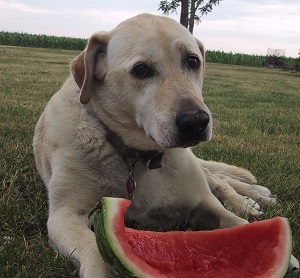
Photo credit: diedoe
If the beneficiary of an inherited IRA dies before exhausting the inherited IRA or qualified retirement plan (QRP) through distributions, how are the ongoing distributions to be handled?
In this case, there is no Eligible Designated Beneficiary, regardless of your status with regard to either the original IRA owner or the beneficiary.
As a successor beneficiary (the beneficiary of an original inherited IRA’s beneficiary), upon the death of the original beneficiary you would continue to use the same distribution plan as the original beneficiary, with a new 10-year time period to fully distribute the account.
This means that by December 31 of the year that includes the 10th anniversary of the death of the original beneficiary, the entire account must have been fully distributed.


 Sterling Raskie, MSFS, CFP®, ChFC®
Sterling Raskie, MSFS, CFP®, ChFC® The latest in our Owner’s Manual series, A 401(k) Owner’s Manual, was published in January 2020 and is available on
The latest in our Owner’s Manual series, A 401(k) Owner’s Manual, was published in January 2020 and is available on  A Medicare Owner’s Manual, is updated with 2020 facts and figures. This manual is available on
A Medicare Owner’s Manual, is updated with 2020 facts and figures. This manual is available on  Social Security for the Suddenly Single can be found on Amazon at
Social Security for the Suddenly Single can be found on Amazon at  Sterling’s first book, Lose Weight Save Money, can be
Sterling’s first book, Lose Weight Save Money, can be  An IRA Owner’s Manual, 2nd Edition is available for purchase on Amazon. Click the link to choose the
An IRA Owner’s Manual, 2nd Edition is available for purchase on Amazon. Click the link to choose the  Jim’s book – A Social Security Owner’s Manual, is now available on Amazon. Click this link for the
Jim’s book – A Social Security Owner’s Manual, is now available on Amazon. Click this link for the  And if you’ve come here to learn about queuing waterfowl, I apologize for the confusion. You may want to discuss your question with Lester, my loyal watchduck and self-proclaimed “advisor’s advisor”.
And if you’ve come here to learn about queuing waterfowl, I apologize for the confusion. You may want to discuss your question with Lester, my loyal watchduck and self-proclaimed “advisor’s advisor”.
Jim,
Great explanation! I am looking for the source of the principle that the successor beneficiary takes RMDs based on the age/ADP of the original beneficary. I can’t find it. Is this in the Code, a revenue ruling, a letter ruling, a court decision, or what?
I haven’t looked at the reg, but from my source (Life and Death Planning for Retirement Benefits, 7th Edition, by Natalie B. Choate) I see that this rule comes from Reg §1.401(a)(9)-5, A-7(c)(2).
Hope that helps!
jb
Don’t understand, is there a new 10 year period after the death of the original beneficiary, or does the 10 year period end based on death of the original plan owner.
So, for example, I die in 2023 and my spouse steps into my shoes, she lives another 10 years and dies in 2034, when must my already adult children, who are the successor beneficiaries, take the full distribution?
I see the confusion, my last sentence was incorrect and I’m updating.
The 10-year clock restarts on the death of the original beneficiary from your example.
Sorry about that!